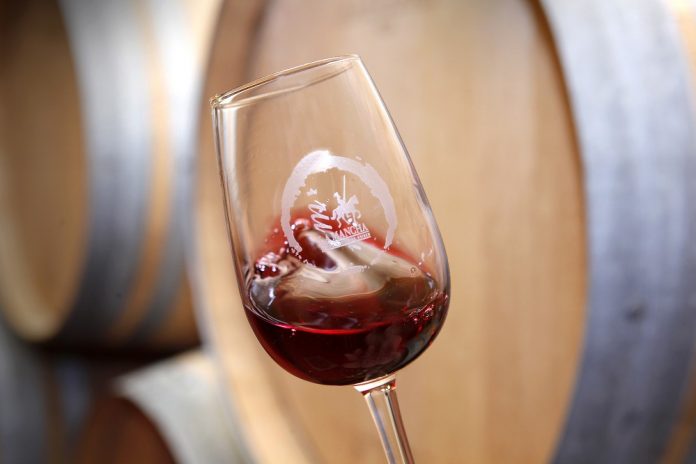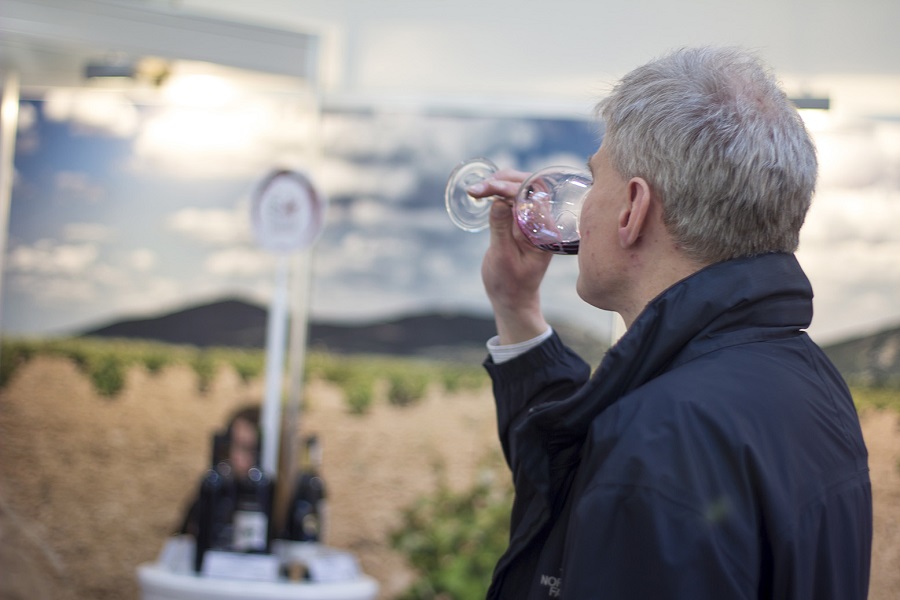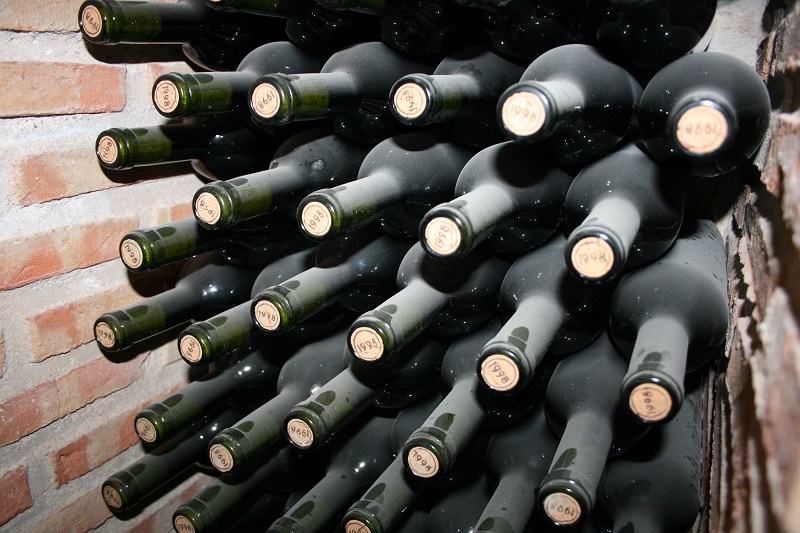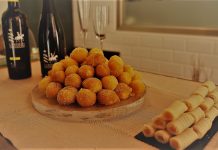We all like to enjoy a good wine at home with family and friends, but we’re not always sure about how to store wine and the temperature it should be served at.
A number of factors affect the correct way to store bottled wine at home, primarily temperature, air and sunlight.
In this article we’ll be explaining all you need to know about keeping wine at home.
Contenidos
Does wine develop over time?
Everything changes with time, but the important thing is to know how this happens.
We can answer this question by looking at two commonly held ideas about wine.
Is wine alive?
Saying that wine is a living things and needs the right conditions to stay alive is a widespread cliché.
Of course wine is not a living thing, but just like other foods it does have a life cycle, meaning that its chemical composition changes over time, resulting in major changes to its organoleptic properties:
Visual appearance of wine
Over the course of time, wine loses the brightness of its colour; in reds the colour starts to fade and takes on brown and russet tones, whereas whites become more golden or even amber in colour.
Wine aromas
If wine is aged in oak casks, its aromas will undoubtedly change and develop, leaving behind its fruity aromas and acquiring the more complex aromas you would expect from time in the cask.
In younger wines, the passage of time simply makes these aromas disappear, so this is why it’s best to consume them during the same year they were produced.
Flavours of wine
The same as with the aromas, if wine is aged its flavour nuances will develop, but if it’s a young wine it will simply lose them.
All the organoleptic features of wine gradually get better or worse due to a series of biochemical processes influenced by certain environmental factors that we should look after if we want the wine to develop correctly.
Do wines improve with time?
This is true, but provided you start with:
- a good quality product that can be stored all through its years of ageing in ideal conditions
- a suitable temperature as one of the main factors, provided the wine has been bottled correctly to seal it off from the oxygen in the air.
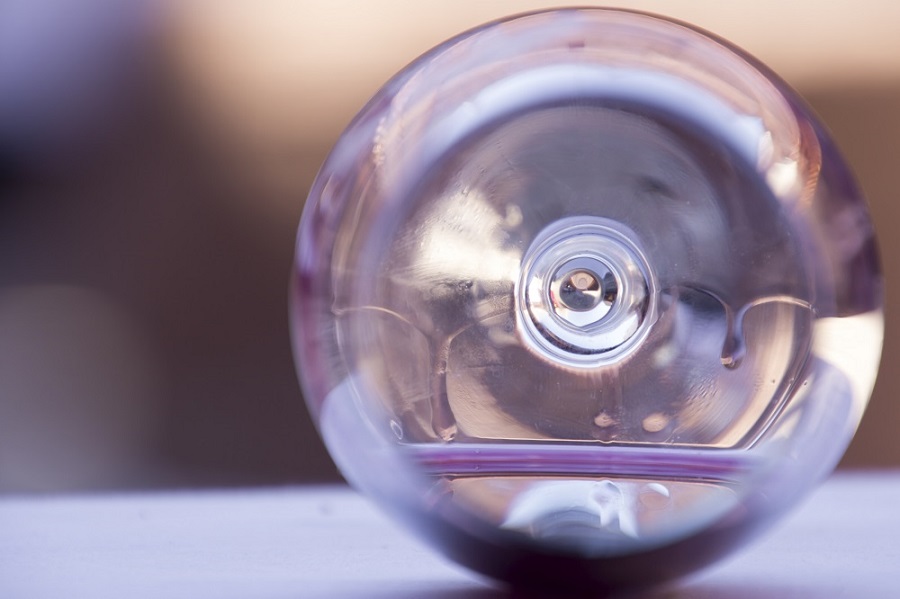
Should you buy wine to store at home?
As end consumers we should all be very aware that when we buy a bottled wine, it’s ready to drink immediately. We’ve paid for a finished product which, if it’s a Crianza wine, has already gone through the entire ageing process in the winery before being put on the market for sale.
You can always “lay down” the wines you purchase, but you have to be very aware that time is not on your side in terms of the stability of the wine, especially if you’re not careful with storage conditions and the effects of humidity, light and temperature.
Ideal light, humidity and temperature conditions for storing wine
Once you bring your wine home, you’ll have to think about reproducing the ideal conditions in a winery when it comes to storage.
In terms of light, wine is best kept in the dark, so keeping it on a bottle rack in the house isn’t the best choice.
If you’re wondering about the best temperature, 12ºC is ideal for preserving wine in its optimum condition; it’s very important not to exceed 20ºC as this accelerates oxidisation.
It’s also important to keep wine at a constant temperature.
Plus, the ideal humidity would be around 70%, to ensure the cork doesn’t dry out and to prevent evaporation.
White, red and rosé wines at home
It’s also advisable to bear in mind that young white and rosé wines are more short-lived than reds; they need special care to make them last longer and keep all their properties intact until the next harvest, when the new wines will be taking over.
But, like in everything, there are exceptions to the rule. You can find red wines that have undergone a previous cask ageing process and that can be kept for long periods of time in the bottle, provided that the ideal storage conditions described above are adhered to, allowing the wine to develop slowly.
Are all wines suitable for “laying down”?
Not all red wines are suitable for “laying down”, with acidity, alcohol and polyphenols being the intrinsic factors that enable wine to develop correctly. This can be achieved with wines made from particular grape varieties, picked at just the right time and produced with painstaking care.
An easy to see reference, if a red wine is young, the ideal way to enjoy it fully is to consume it within the same year it was produced.
The ideal temperature for storing wine
Although temperature is not the only determining factor for wine storage, it is usually the most important one that is most often neglected when keeping wine at home (and sometimes during the distribution process).
High summer temperatures are a handicap for wine; long periods of storage at temperatures over 20ºC and even sharp rises in temperature can trigger processes that disturb the organoleptic properties of wines and lead to considerable changes in their quality.
What is the best way of preserving and storing wine?
The ideal is to try and store wine in a place where the temperature remains steady at somewhere between 5ºC and 17ºC.
This has been found in various studies carried out on the effects of temperature on bottled wines, such as the report on red wines produced by the Viticulture and Oenology Station in Navarre.
The ideal way of storing young white and rosé wines
When it comes to young white and rosé wines the ideal method is to successfully halt their biochemical development, keeping alive all the qualities these wines are appreciated for and preventing changes in both their colour and their varietal aromas.
To achieve this, it’s best to keep them closer to the 5ºC limit, which means it’s possible to preserve their freshness for over a year.
In our towns across the La Mancha region, these conditions were easy to replicate in times gone by, as most houses had larders, caves and cellars where temperatures remained “cool” even in the summer.
Nowadays, it’s increasingly difficult to find houses with an area suitable for wine storage at those kinds of temperatures.
In such cases, the solution usually involves purchasing a wine cabinet with temperature control.
Tips for correctly handling and storing your wines
If you can’t have a temperature controlled wine cabinet at home, here are a few guidelines you should try to follow to ensure your wine is stored correctly:
1. If you’re transporting your wine, try not to leave your car in the sun
Especially in the summer months. Avoid leaving wines bottles in the boot of your car except for the journey from the shop to your home.
2. Find a suitable place at home to store your wine
Pick a spot with the best possible conditions in terms of temperature, light, humidity and ventilation, and
- Keep the temperature below 18ºC.
- Avoid sharp changes in temperature.
- The stored bottles should not be in direct light.
- Humidity should be constant at between 60% and 70% (neither very dry nor very humid).
- The storage area should have natural ventilation to prevent smells and/or too much humidity.
3. In what position should wine bottles be stored?
If you want to store your wine bottles correctly, it’s important that they should be either horizontal or facing downwards, to keep the cork a little moist and the bottle hermetically sealed.
Bottles with synthetic corks can be stored standing upright, which ensures that any precipitates in the wine stay at the bottom of the bottle, making it easier to pour the wine when uncorked.
4. Calculate the amount of wine you’ll be consuming
Make sure you manage your stock of wine bottles appropriately. Drink the wines stored for the longest period first of all. Remember that most of the wines you buy are intended to be drunk within a period of between two months and two years.








